Setting an example in the Hyundai i20 Active
We explore Mawlynnong in the Hyundai i20 Active.
Published On Oct 04, 2018 05:06:00 PM
7,308 Views
Follow us onMawlynnong. Ever heard of it? I hadn’t until a few weeks ago. Most of the world hadn’t until 2005, when Discover India magazine gave this small village deep in the Khasi hills of Meghalaya the title of the cleanest village in Asia. Now, I’ve been to quite a few places in my relatively short life and I know enough to know that once someplace gets saddled with ‘the cleanest’, ‘most beautiful’, or ‘best’ titles, it is usually the end of that place. Therefore, I am skeptical about the cleanest village in Asia but, what the heck? I am in Shillong, I have at my disposal India’s most loved Sports Style Vehicle – the Hyundai i20 Active– and I have time on my hands. I have to go see what the fuss is all about.
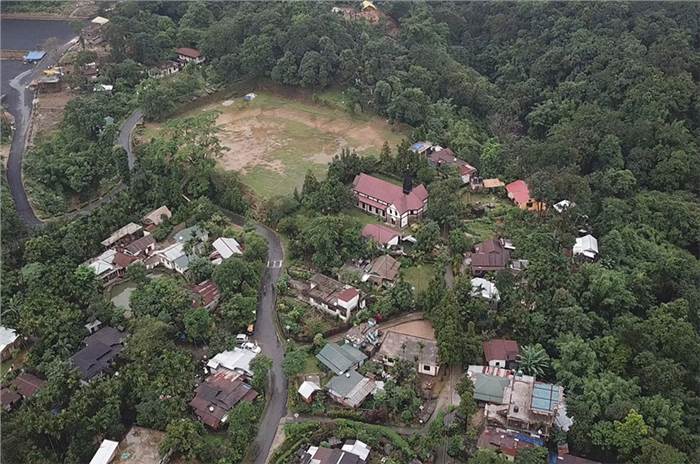
Mawlynnong isn’t very far from Shillong – it is just 90km from the capital of Meghalaya and knowing how beautiful this part of the country is, I was expecting a treat for the eyes as we went along. The route is simple – exit Shillong and drive south on NH206 till you see the turn-off signs for Mawlynnong. The first part of the drive is rather non-descript and the hills of Kerala, where I live, have jaded my senses about the scenery along the two-lane highway. But, as you drive further, the road climbs, waterfalls appear and a thick fog sets in. It is the kind of weather that makes you want to crank-up the volume on Soulmate and take it easy. The i20 Active plays along – it is a very easy car to drive and the added ground clearance it has over the i20 frees my mind of any road worries. It leaves my mind free to wander and take in what is turning out to be a spectacularly beautiful drive as the road winds its way along a cliff side and then onto wide open meadows.
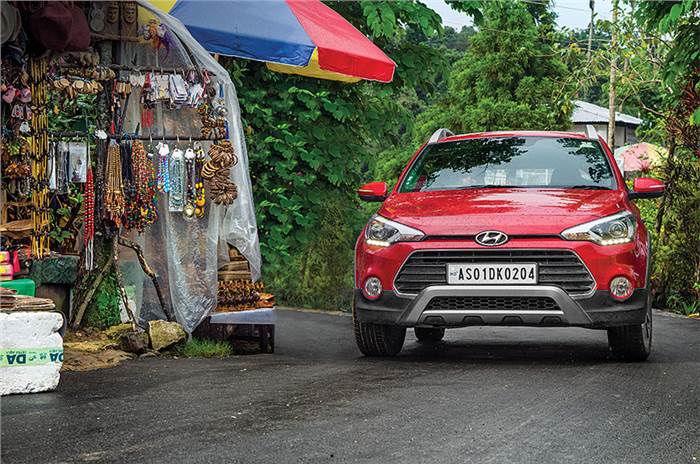
I remember that the last time I had come to Meghalaya, I had driven up in the Santro Xing. The i20 I’m driving today has the same no-nonsense brilliance of the Santro but layered with modern technology. How did we ever drive without rear-view cameras and Bluetooth!
The turn-off to Mawlynnong from the national highway is at Riwai. From here, the road becomes very narrow and many times, I am forced to drop two wheels onto the unpaved shoulder to make way for oncoming traffic. I’m glad the i20 Active is so compact – a few bits of this road are so narrow, I have to tuck the power mirrors in before inching past another car. The views are spectacular though, and because the road runs near the border, you get to see the plains of Bangladesh that lie further south.
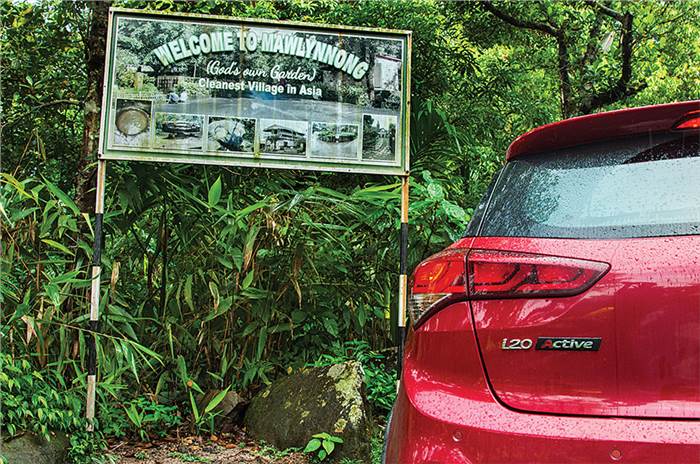
The first sign that tells you that this place is now on the tourist map is the traffic jam a couple of kilometers before the village. There’s a tourist bus off-loading its passengers and we wait. Once that’s done, Mawlynnong is only a couple of minutes ahead. Cars weren’t allowed beyond a point until recently but now, to accommodate the throngs that ermmm… throng this place, a road has been cut through leading to the new parking lot that has enough space for buses.
So far, I feel like I’ve walked into a tourist trap cliché. The place is relatively crowded and there’s the fair bit of noise that automatically comes with any popular tourist spot in India. I’m sure I’ll spot some garbage lying about, too – but that’s where the Mawlynnong experience changes for me. There’s nothing lying about – not even a discarded piece of paper.

It gets better as you walk further into the village. The crowds thin out and the village on the whole consists of neat pathways and perfectly kept lawns and rock formations. It is very evident that the citizens of this village take pride in keeping things green and clean. Mawlynnong is not a tiny three-man village, mind you – it boasts a population of 102 families, which translates to roughly 520 individuals. Yes, it is microscopic by modern city standards but I feel there is a lot to learn from this place.
One of the clues as to why this place is so clean could lie with the fact that Mawlynnong’s population consists mainly of the Khasi tribe. The Khasis are a matriarchal society and here, the children of the family adopt the mother’s surname and the youngest daughter of the family inherits her mother’s wealth. The women of Mawlynnong, as a result, are highly empowered and boast a high literacy rate – and we all know that women are generally more conscious and aware of cleanliness than men, don’t we?
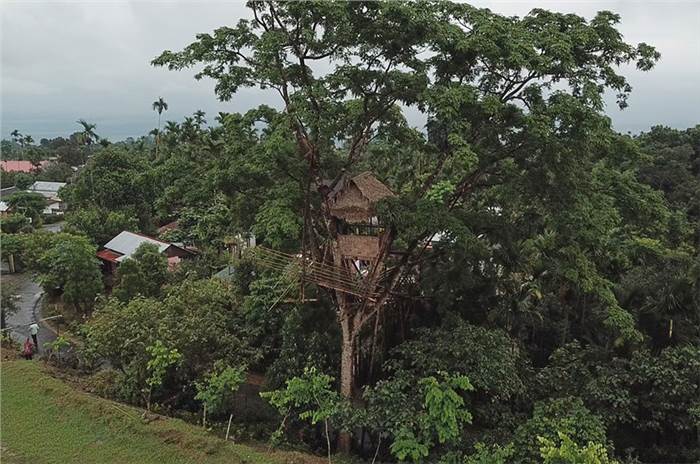
I bump into Mr.Lamphrang Khongthohrem, a member of the village executive committee. He explains that earning the tag of being the cleanest village was never their aim and that the village is the way it is because they are used to cleanliness. People here have clean habits, he says, and that when you develop a habit for cleanliness, it becomes easier to practice. If you can’t develop that habit, then it’s always a half-done job, he goes on to say.

The conditioning begins early – children are taught clean habits in school. The teachers are actively involved in social work to clean the village at regular intervals. The waste is collected in the dustbins made of bamboo, sent to a compost pit and then used as manure. A community initiative mandates that all residents should participate in cleaning up the village; smoking and use of plastic is banned while rainwater harvesting is encouraged. Visitors are instructed not to throw plastic, but to take the plastic bag with them. Even the streetlights in the village run on solar power.

Come to Mawlynnong not just to see Asia’s cleanest village, but a spectacular natural bridge popularly known as a living root bridge. These bridges aren’t built – they’re grown! Grown from the roots of a species of the Indian rubber tree. In order to make a rubber tree’s roots grow in the right direction, betel nut trunks are sliced down the middle and hollowed out, to create root-guidance systems. The thin, tender roots of the rubber tree, prevented from spreading out by the hollowed trunks, grow straight. When they reach the other bank of the river, they take root in the soil. It takes 10-15 years for a bridge to become fully functional. These bridges are unique to Meghalaya. All around this region there are a number of such bridges fashioned by Khasi villagers who have, over decades, woven the roots of trees across rivulets and streams. And there’s one that’s just a 15min walk from Mawlynnong.
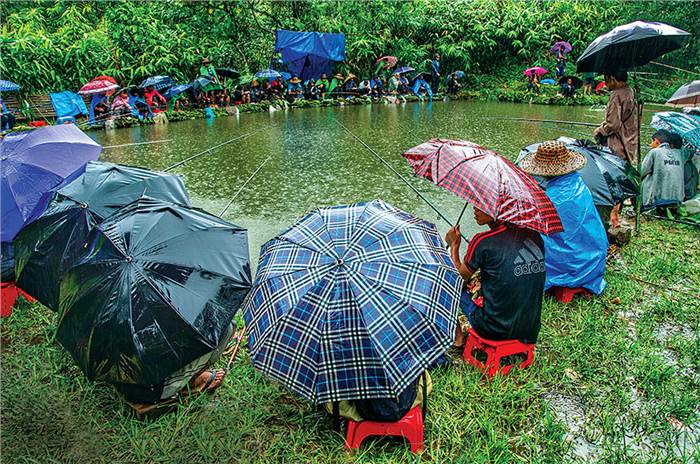
Another interesting structure here is the Sky View, an 85ft high viewing tower made of bamboo. From the top you get stunning views – not just of the village but also of Bangladesh on the other side. The view is simply gorgeous.
Mawlynnong is truly impressive and is a clear example that simple, easy-to-replicate steps can make a big difference in making our world a less cluttered place.
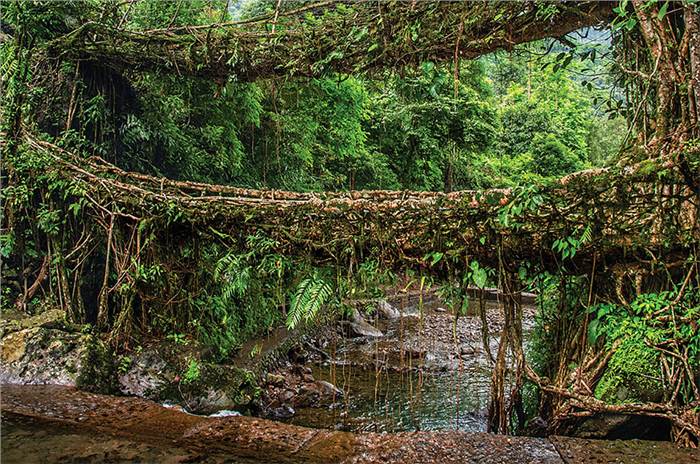
As we begin our journey back to Shillong, I can’t help but think the same about the car I’m in. A few simple but clever ideas are what make this car more capable than regular hatchbacks and the modern technology in its engine is what helps it run more efficiently and cleanly to help make our world a nicer place.
Copyright (c) Autocar India. All rights reserved.

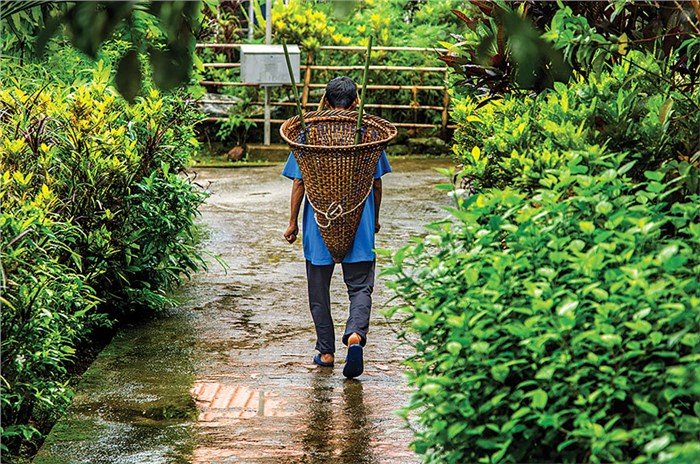
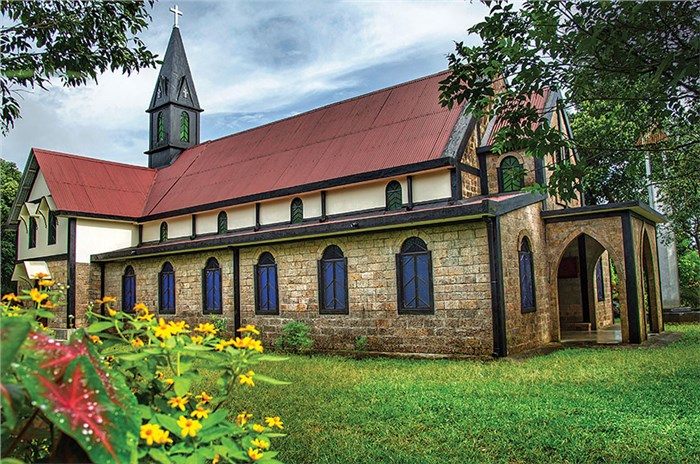

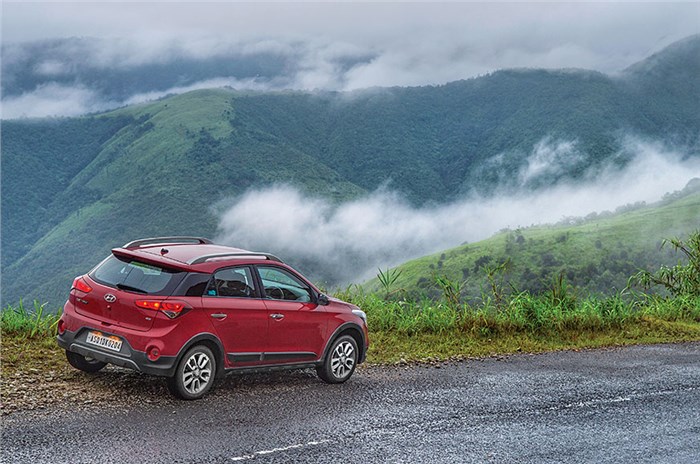



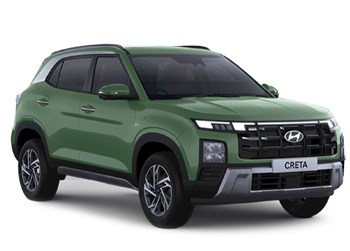
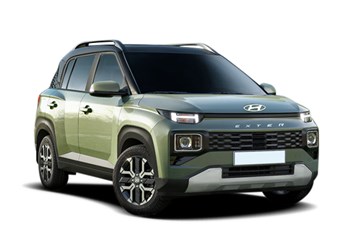
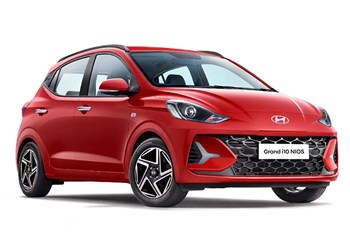
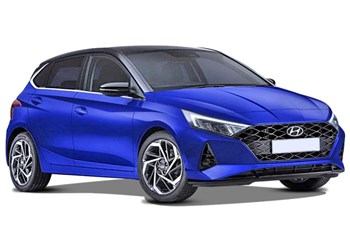
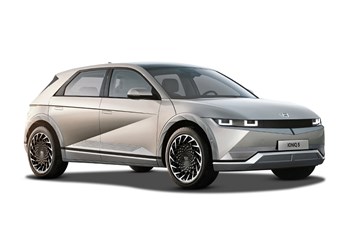
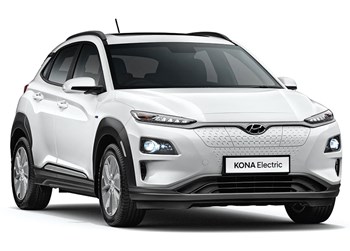







Comments
Member Login
Personal Details
No comments yet. Be the first to comment.